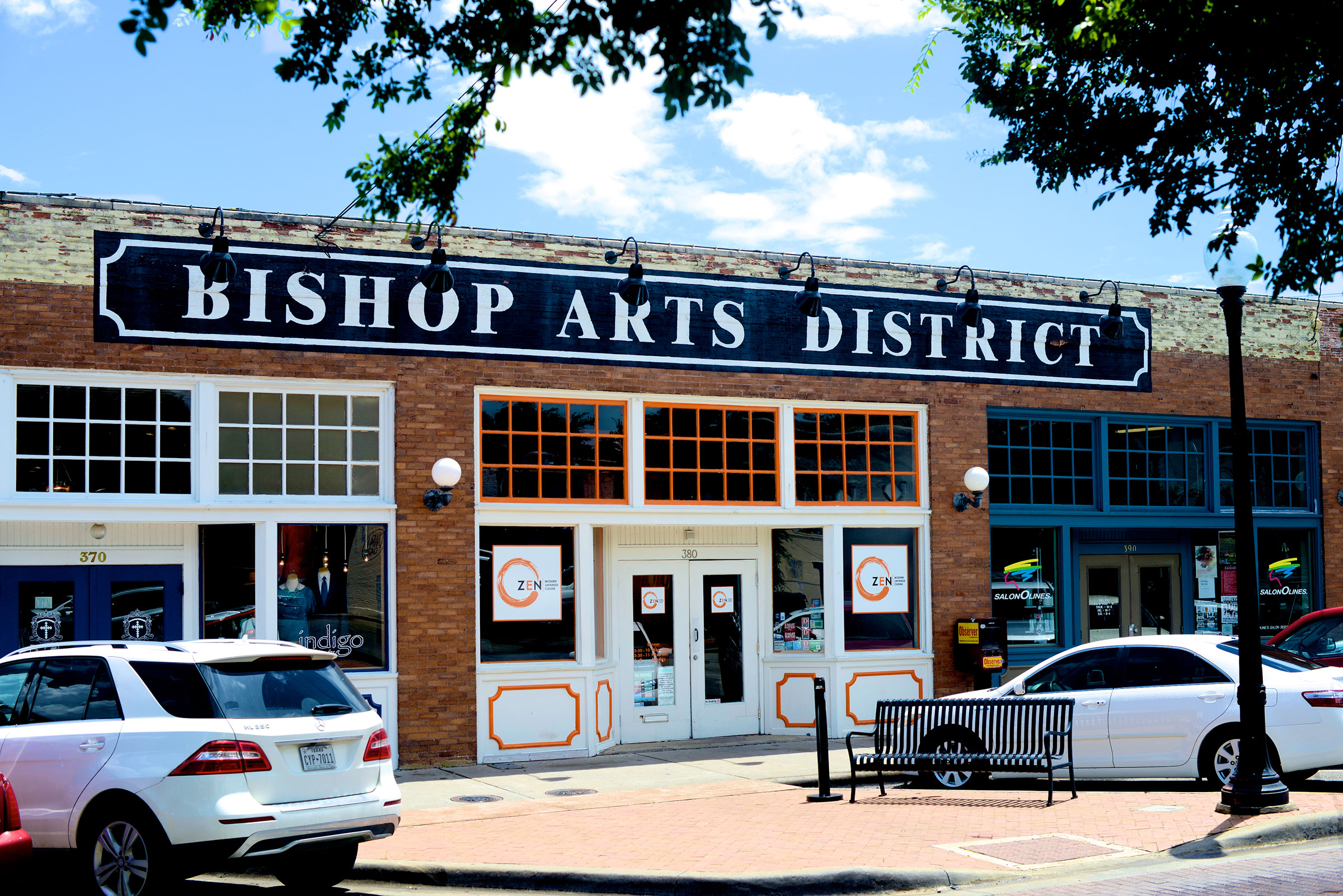I’ve long respected the perspective of developer and Good Space founder David Spence on most things, and urban renewal, preservation, and development in particular. Granted, I’m a bit biased. I’ve known Spence now for well over a decade and live in one of his properties. But as much credit as he is given for his role in kick-starting the Oak Cliff renaissance, it always feels like not enough credit is given. That’s because for all of his projects that have helped revitalize the area that is now Dallas’ little darling neighborhood, his greatest impact, I believe, is intangible. It’s an attitude, a care, a perspective that guides his approach to redevelopment — an attitude that can’t be regulated, zoned-in, incentivized, and forced on a community. In short, Oak Cliff got lucky that someone like Spence decided to play the long game of neighborhood redevelopment-the-right-way.
Now that Oak Cliff is a booming real estate market faced with difficult questions about speculation, over-development, gentrification, and neighborhood stabilization, the Dallas Morning News talks to Spence about neighborhood revitalization and development. Per usual, you can’t pin Spence down into the often too tidy categories of “pro-development,” “preservationist,” “neighborhood activist,” “neighborhood protector,” etc.
Here’s a taste:
On Dallas’ development attitude:
Bishop Arts is an anomaly of redevelopment in Dallas. It began with a private gesture, Jim Lake Sr.’s purchase and rehab of a square block of old buildings in the mid-80s. The rezoning was permissive rather than restrictive. City Hall’s investment of $3 million in 1999 wasn’t a reinvention of the district, but only replacement of century-old infrastructure and enhancement of the rights-of-way. The Bishop Arts district today is mostly the product of small-scale private investment, almost all of it focused on existing buildings. How different that is from Victory Park. The Margaret Hunt Hill Bridge is impressive, but whenever I drive across it I wonder how many more Bishop Arts Districts we could have created with that budget.
On gentrification:
In Dallas gentrification rarely involves wholesale replacement of homeowners. That happened in State-Thomas because it’s right next to downtown. It also is happening in near-West Dallas because of the bridge. But throughout Oak Cliff, East Dallas, and The Cedars, gentrification takes the form of people who are younger, better educated, more upwardly mobile, with strong family structures dispersing throughout a neighborhood, typically reclaiming the most distressed properties first. Gentrification happens to under-valued areas, not over-priced areas. And the long-time residents (who themselves displaced a different demographic 30 years ago) enjoy the value that gentrifiers bring: higher expectations of schools and city services, more jobs created by the newcomers’ consumer habits, personal encounters with people who moved to the area seeking heterogeneity. In North Oak Cliff, gentrification looks a lot like desegregation.
As to long-time residents being unable to afford living there, that’s a fallacy in the communities I’ve observed. Around Bishop Arts, residential tax valuations have doubled over 25 years, but that works out to an average increase of just 3 percent per year. Well, nationally, inflation has averaged 2.5 percent over that same period. Twenty-five years ago, Hispanic families were buying houses around Bishop Arts for $30,000. If they’re cashing out for $300,000 now, that’s an annual return of more than 10 percent, even with higher taxes. That’s a story to be celebrated, not lamented. Lasting poverty reduction is about household net worth, not net income.
On how the city could better support neighborhood redevelopment:
I’m not a fan of outright subsidy or co-investment. But the model of tax increment financing districts (TIFs) makes sense because the city is simply committing the increased tax revenues that a new investment, and the properties surrounding it, will generate in the future. A good portion of TIF funds typically pay for parts of a new project that the public will enjoy, such as the new streetcar plaza that Alamo Manhattan will create in front of their building on the eastern edge of Bishop Arts. That said, TIF-funded projects come after small-time investors have proven up a market. So how do you attract that critical first wave of guerilla developers? I suggest deeply discounted permitting fees, free expediting of building permits, property-tax abatements that are friendly to the little guy, and no-cost replacement of sewer and water hook-ups.
Read the whole thing here.





